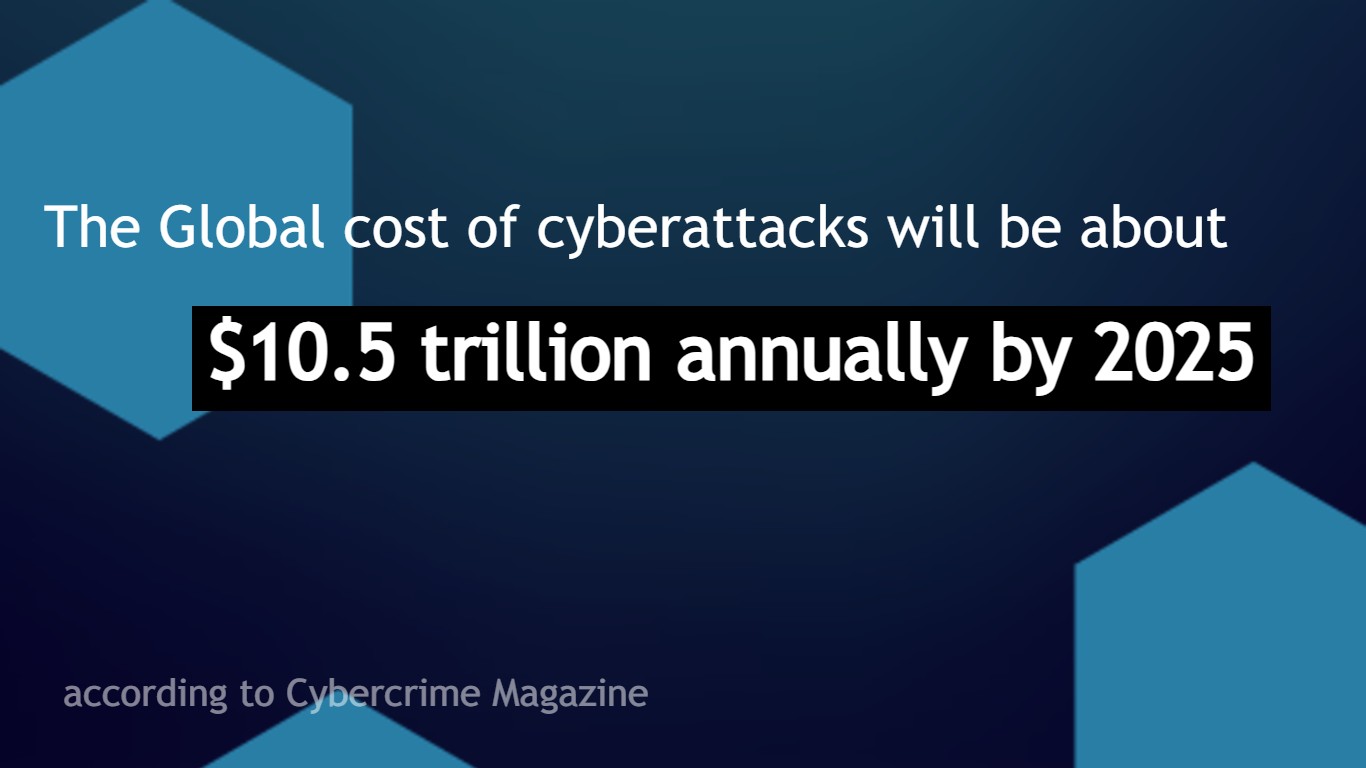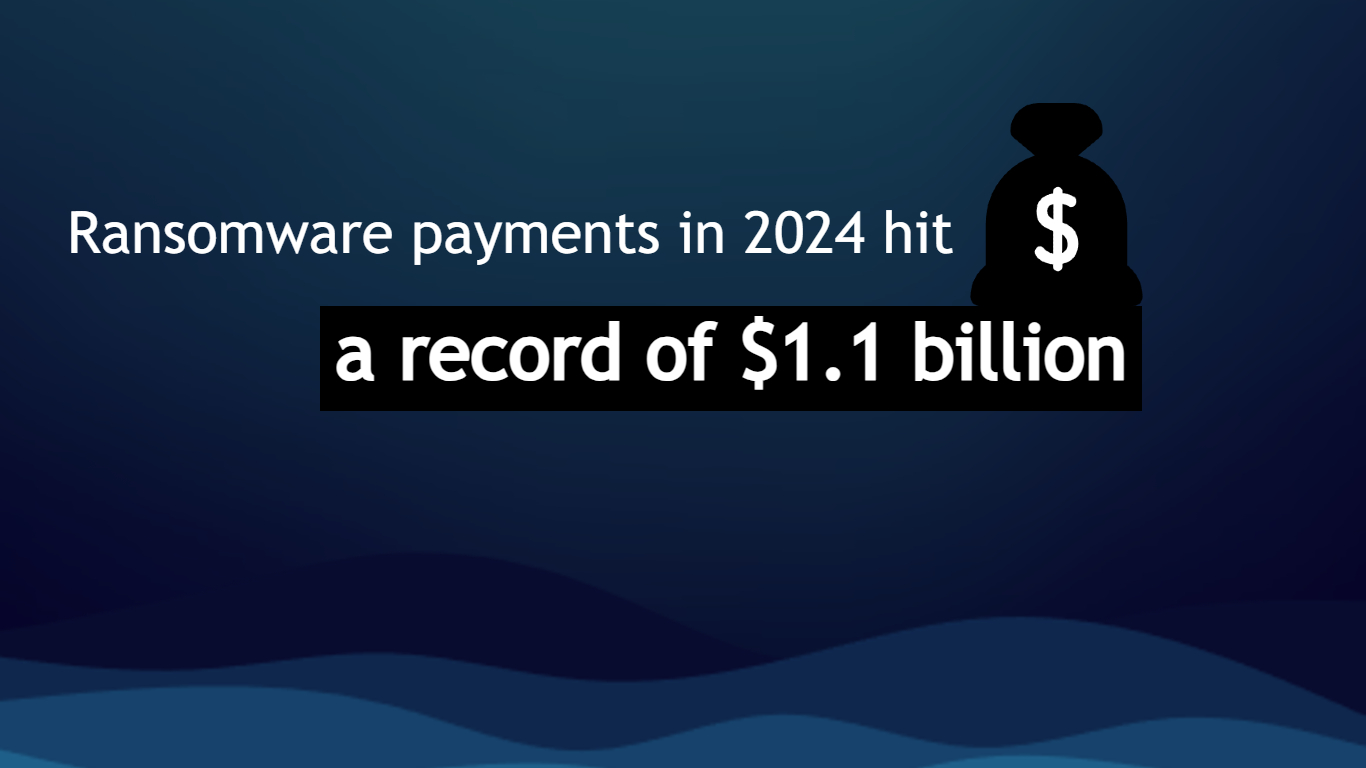A Guide for Strategizing Your Cybersecurity Investment for 2024
In today’s evolving threat landscape, preparing a cybersecurity budget for 2024 is more crucial than ever. As cybercriminals become increasingly complicated—with billions of records compromised last year alone—organizations must strategically allocate funds to both protect sensitive data and maintain resilient defense systems.
The 2024 Cybersecurity Landscape
The escalating global cost of cyberattacks, projected to hit nearly $10.5 trillion annually by 2025, underscores the urgent need for effective budget planning. Major disruptive factors in the current climate include:
- Geopolitical Instability: Heightened tensions and economic uncertainty are driving up the risk of cyber warfare. Recent studies reveal that a large majority of chief information security officers are increasingly concerned about state-sponsored cyber conflicts.
- Artificial Intelligence Adoption: While AI brings innovation, it is also likely to amplify the volume and impact of cyberattacks in the near future.
- Complex IT Environments: The growth of multi-cloud infrastructures and the surge in data traffic are making risk assessment and management more challenging.

Assessing Your Organization’s Cybersecurity Needs
Creating an effective cybersecurity budget requires a detailed evaluation of your organization’s unique challenges and capabilities. Consider these key factors:
- Size and Complexity: Large enterprises with extensive digital footprints may require a larger budget compared to smaller firms, which might still dedicate a significant percentage of their overall IT spend to security.
- Existing Tools and Infrastructure: Whether you operate an in-house security operations center or rely on a blend of in-house and third-party solutions, align your technology investments with your actual needs.
- Employee Expertise: Beyond technology, investing in skilled cybersecurity professionals is essential. Balancing personnel costs with automated solutions can enhance both effectiveness and team morale.
- Risk Profile and Compliance: Industries such as finance and healthcare face stricter regulatory requirements. Analyzing the attractiveness of your data to cybercriminals is also vital in determining your spending priorities.

Industry Spending Trends and Benchmarks
Research indicates that, on average, companies allocate around 11% of their IT budgets to security—though this figure can vary significantly by industry. For example: - Technology and Healthcare: Approximately 13.3% of the IT budget. - Consumer Goods & Financial Services: Around 9.6–9.7%. - Manufacturing and Retail: Typically lower, between 6.0% and 6.1%.
Understanding these benchmarks can help you gauge where your organization stands relative to industry peers and identify potential areas for cost savings or strategic investment.
Crafting a Comprehensive Budget Strategy
A well-rounded cybersecurity budget should cover several core areas:
Software Investment
Invest in essential software tools such as antivirus programs, firewalls, and backup solutions. Tailor your spending to your company’s size and operational needs, avoiding unnecessary, high-end technologies that may not offer proportional value.
Human Resource Allocation
Cybersecurity talent can consume a significant portion of your budget—up to 38% in some cases. Consider a hybrid approach that combines in-house expertise with automation and outsourcing, thereby enabling your team to focus on high-value tasks.
Cybersecurity Outsourcing
Many organizations benefit from outsourcing vulnerability assessments, penetration testing, and compliance monitoring. Outsourcing these services can provide cost-effective access to specialized skills and advanced technologies.
Hardware and Infrastructure Maintenance
Maintain and upgrade your hardware and IT infrastructure to ensure long-term security and performance. Regular investment in this area protects your overall security posture and supports ongoing digital transformation efforts.

According to recent forecasts, nearly 80% of business and technology executives expect to increase their cybersecurity budget in 2024. Gartner anticipates a 14.3% global rise in security and risk management spending—a clear sign that strategic investments are essential for staying ahead of cyber threats.
Final Thoughts
Optimizing a cybersecurity budget is all about balancing cost with comprehensive risk management. By carefully assessing your organization’s specific needs, aligning investments with strategic priorities, and considering industry benchmarks, you can build a robust defense against an ever-changing cyber threat landscape.
Stay secure and strategically invested in the future of your organization.
Comments